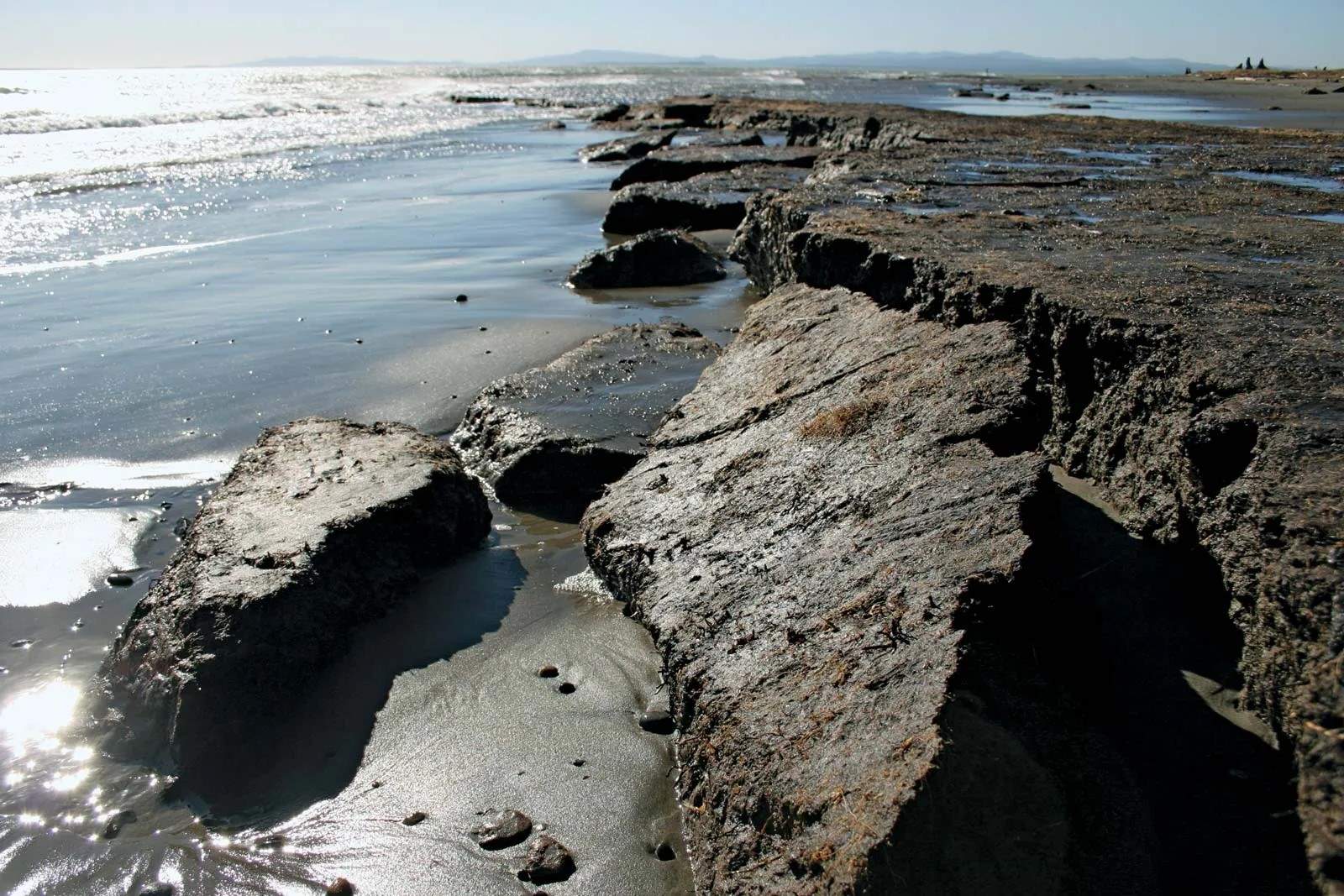
Erosion is a natural process that shapes our planet's surface, but how much do you really know about it? Erosion involves the movement of soil, rock, and other materials from one place to another, often caused by wind, water, or ice. This process can create stunning landscapes like the Grand Canyon or lead to serious environmental issues like loss of fertile land. Understanding erosion helps us appreciate the power of nature and the importance of conservation. Whether you're curious about how erosion affects your local environment or its role in shaping iconic landmarks, these 26 facts will give you a deeper insight into this fascinating phenomenon.
Key Takeaways:
- Erosion, caused by natural forces and human activities, can lead to loss of fertile land, reduced water quality, and increased flooding. Understanding and preventing erosion is crucial for protecting our environment and infrastructure.
- Erosion shapes landscapes and ecosystems, from creating the Grand Canyon to causing dust storms. It's not just destructive; it's a natural process with both positive and negative impacts on our planet.
What is Erosion?
Erosion is a natural process where soil, rock, and other surface materials are worn away and transported by natural forces like wind or water. This phenomenon shapes landscapes and affects ecosystems.
- Erosion can be caused by wind, water, ice, and even human activities.
- Soil erosion is a significant environmental issue, leading to loss of fertile land.
- Water erosion is the most common type, often occurring in rivers, streams, and coastal areas.
- Wind erosion typically happens in arid and semi-arid regions where vegetation is sparse.
- Glacial erosion occurs when glaciers move, carving out valleys and shaping mountains.
- Human activities like deforestation, overgrazing, and construction can accelerate erosion.
Types of Erosion
Different types of erosion have unique characteristics and impacts. Understanding these types helps in managing and mitigating their effects.
- Sheet erosion involves the removal of a thin layer of soil over a large area.
- Rill erosion forms small channels on the surface of the soil after heavy rains.
- Gully erosion creates larger channels or gullies that can expand over time.
- Bank erosion affects the sides of rivers and streams, often leading to loss of land.
- Coastal erosion impacts shorelines, causing beaches to recede and cliffs to collapse.
- Thermal erosion occurs in permafrost regions where ice melts and soil collapses.
Effects of Erosion
Erosion has far-reaching consequences on the environment, agriculture, and human infrastructure. These effects can be both immediate and long-term.
- Loss of topsoil reduces agricultural productivity and soil fertility.
- Sedimentation in rivers and lakes can lead to reduced water quality and aquatic habitats.
- Increased flooding occurs when eroded soil clogs waterways, reducing their capacity.
- Desertification happens when fertile land becomes desert due to severe erosion.
- Landslides can be triggered by erosion, posing risks to human life and property.
- Infrastructure damage includes roads, bridges, and buildings being undermined by erosion.
Preventing Erosion
Preventing erosion involves various strategies and practices aimed at reducing its impact. These methods can be applied in agriculture, construction, and natural resource management.
- Planting vegetation helps stabilize soil with roots and reduces wind and water impact.
- Terracing on slopes can slow down water flow and reduce soil erosion.
- Contour plowing follows the natural contours of the land, reducing runoff.
- Using mulch and ground cover protects soil from direct impact of rain and wind.
- Building retaining walls can prevent soil from moving downhill.
- Riprap involves placing rocks along shorelines and riverbanks to prevent erosion.
Interesting Facts about Erosion
Erosion is not just a destructive force; it also plays a crucial role in shaping our planet's landscapes and ecosystems.
- The Grand Canyon was formed by millions of years of water erosion by the Colorado River.
- Dust storms caused by wind erosion can transport soil particles thousands of miles, affecting air quality and climate.
The Last Word on Erosion
Erosion shapes our world in ways big and small. From the Grand Canyon's majestic depths to the gentle wearing away of a riverbank, this natural process is always at work. Understanding erosion helps us appreciate the power of water, wind, and ice. It also reminds us of our role in protecting the environment. Simple actions like planting trees or building terraces can make a huge difference. Erosion isn't just a geological term; it's a call to action. By learning about it, we can better protect our landscapes and communities. So next time you see a gully or a weathered rock, remember the incredible forces at play. Erosion is a testament to nature's relentless power and our ability to adapt and respond. Let's use this knowledge to make positive changes in our world.
Frequently Asked Questions
Was this page helpful?
Our commitment to delivering trustworthy and engaging content is at the heart of what we do. Each fact on our site is contributed by real users like you, bringing a wealth of diverse insights and information. To ensure the highest standards of accuracy and reliability, our dedicated editors meticulously review each submission. This process guarantees that the facts we share are not only fascinating but also credible. Trust in our commitment to quality and authenticity as you explore and learn with us.
